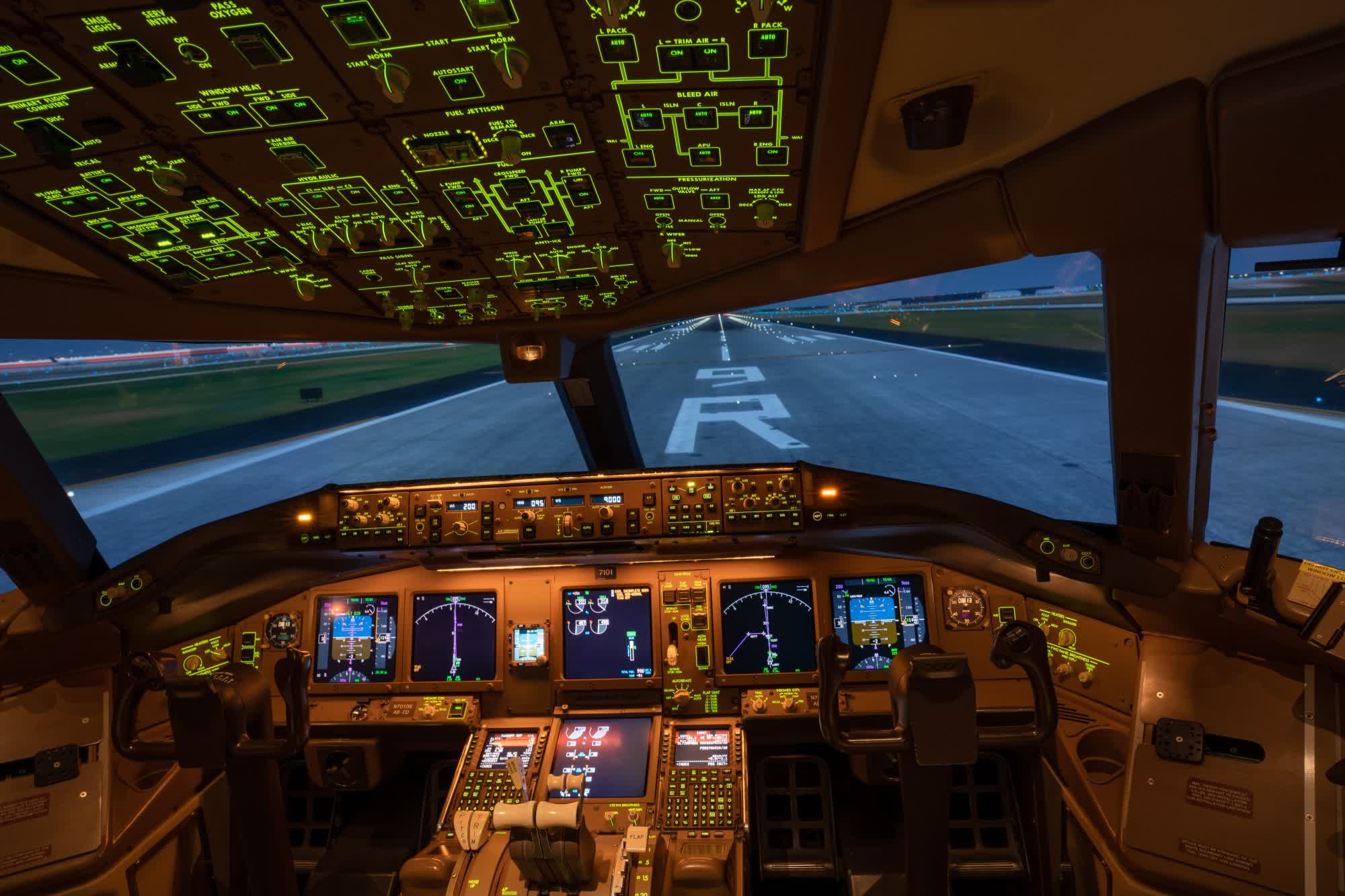In brief: Researchers from the Korea Advanced Institute of Science and Technology (KAIST) are working to perfect an AI-powered robot capable of flying an airplane simply by reading the manual.

The humanoid robot, dubbed Pibot, is approximately 160 cm tall and weighs 65 kilograms (or about 5'2" and 143 pounds). Pibot has two arms and a full complement of digits, just like a human, so it can operate intricate flight instruments, even during turbulence. Given its average size and shape, no modifications are needed to a plane's cockpit for Pibot to fly it.
The bot utilizes AI-based technology to read and digest flying manuals, and can even communicate with other pilots and air traffic controllers using a synthesized voice. Its creators claim Pibot can react and respond to emergency situations far more effectively than a human pilot.
What's more, the bot does not suffer from the same shortcomings that limit a human's ability, such as fatigue. So long as electrical power is sustained, Pibot can do its job. The question is - would you feel comfortable with a robot pilot behind the controls?
Pibot is not limited to aerial craft, either. The bot can reportedly drive a car, command a tank, or even sail a ship.
David Shim, an associate professor of electrical engineering at KAIST, told Euronews Next they built their first prototype in 2016 at the behest of the Agency for Defense Development, the national agency for defense research in South Korea. At that time, AI technology was not all that great so they started with a basic robot. Thanks to complex large language models that have emerged as of late, Pibot took a huge leap forward.
The publication noted the use of ChatGPT specifically, but added that the team is also developing its own natural language model that will allow the bot to make queries without an active Internet connection.
KAIST expects to finalize work on Pibot by 2026. Shim believes the bot could eventually be used for military purposes.
Image credit: Terrance Brown
https://www.techspot.com/news/99912-humanoid-robot-can-fly-airplane-simply-reading-instruction.html